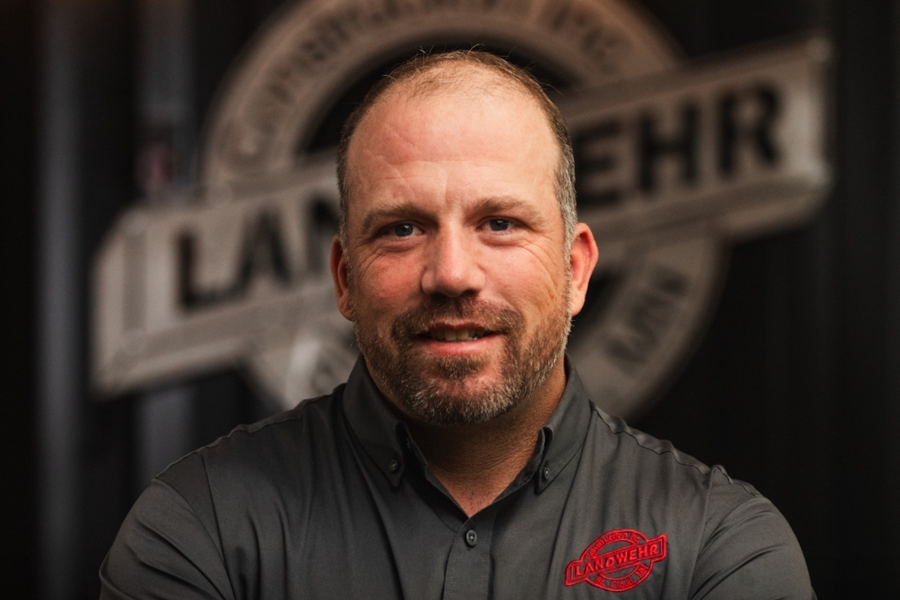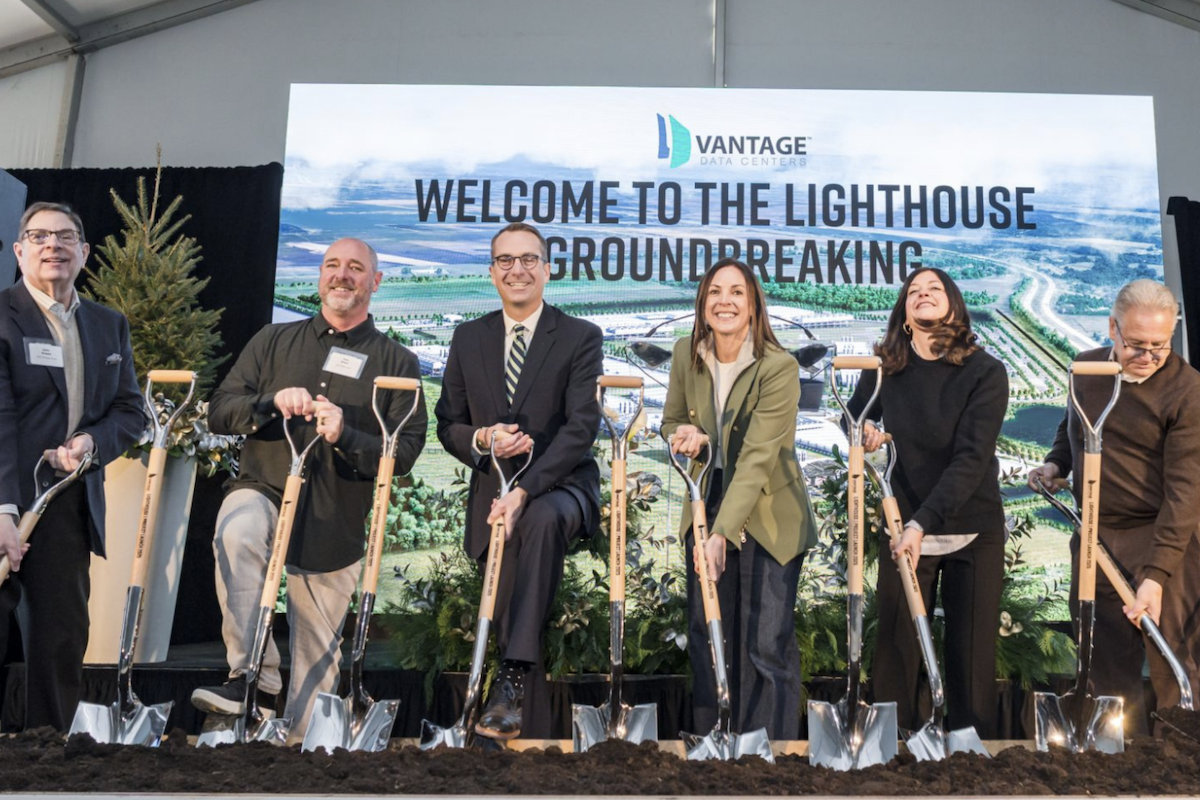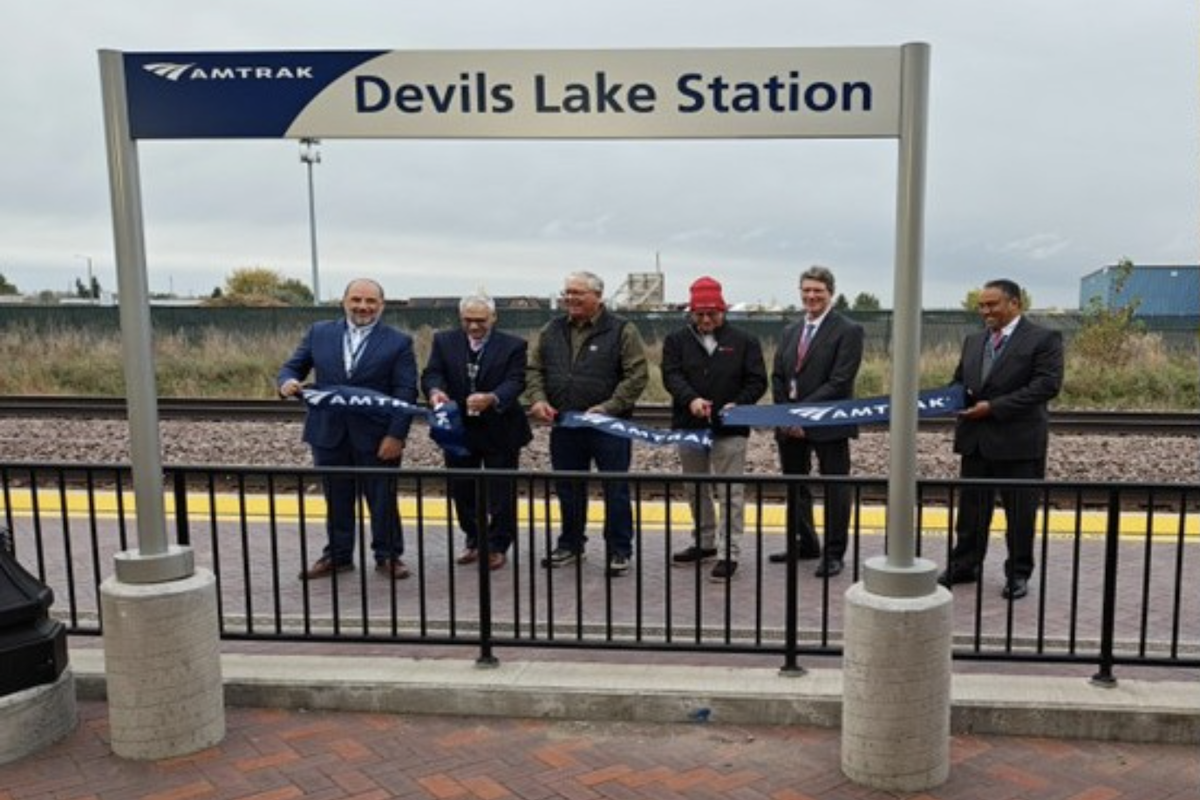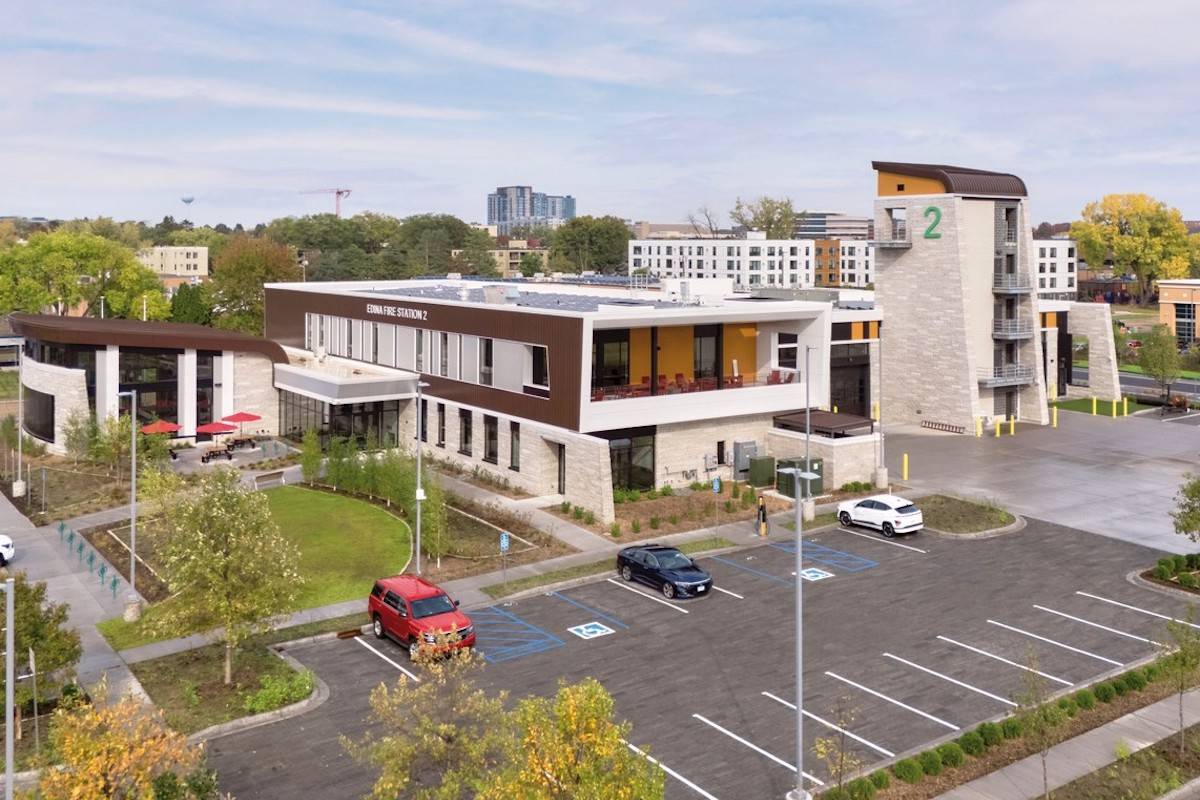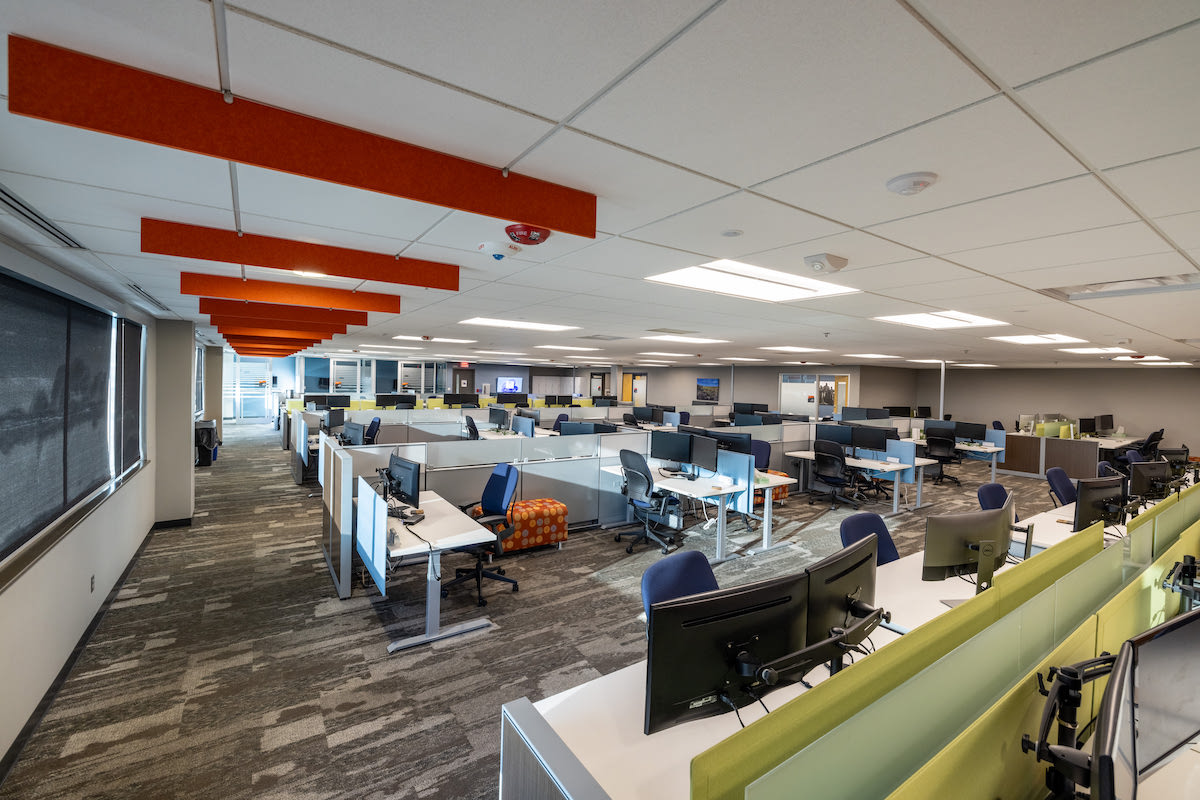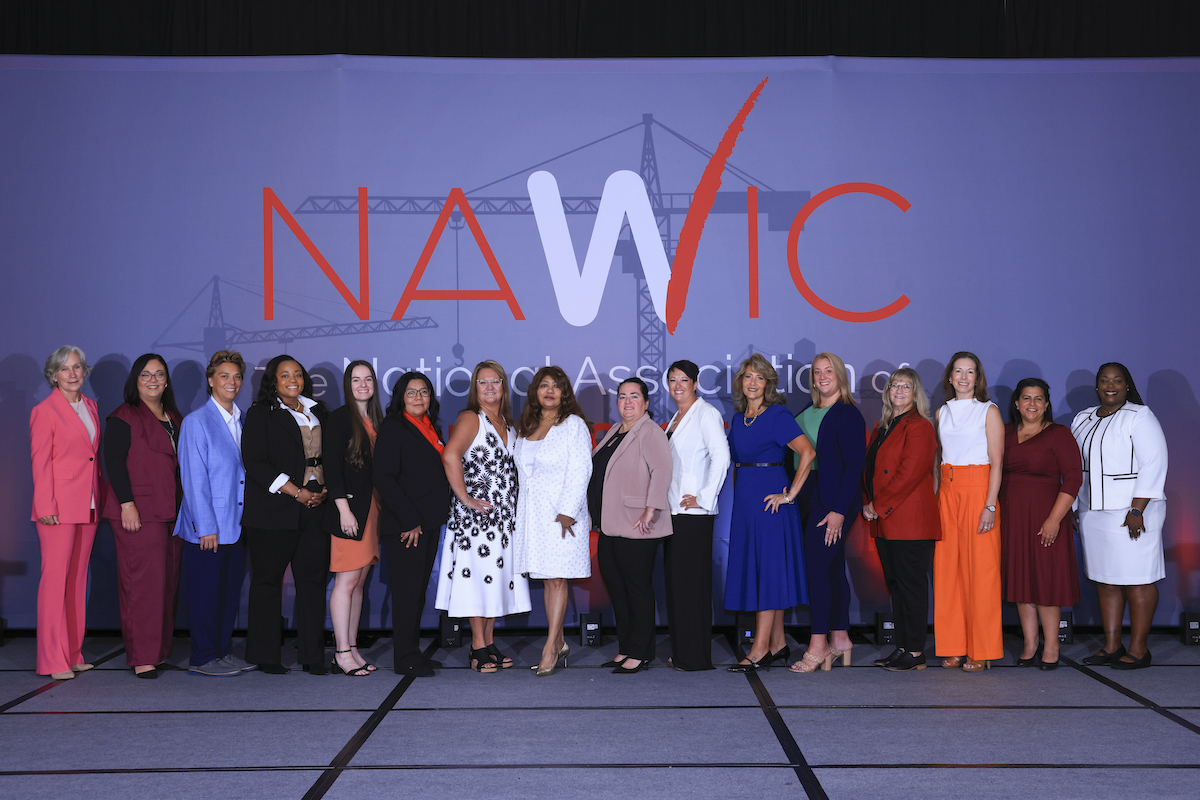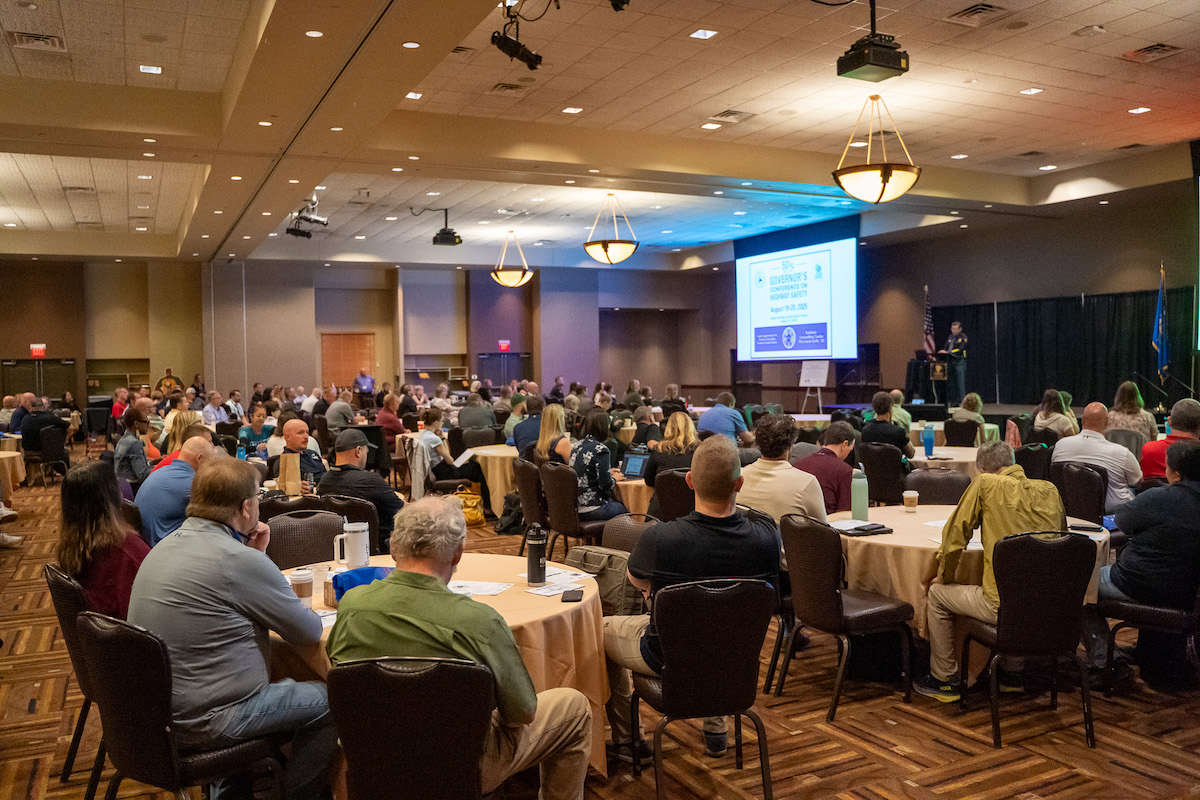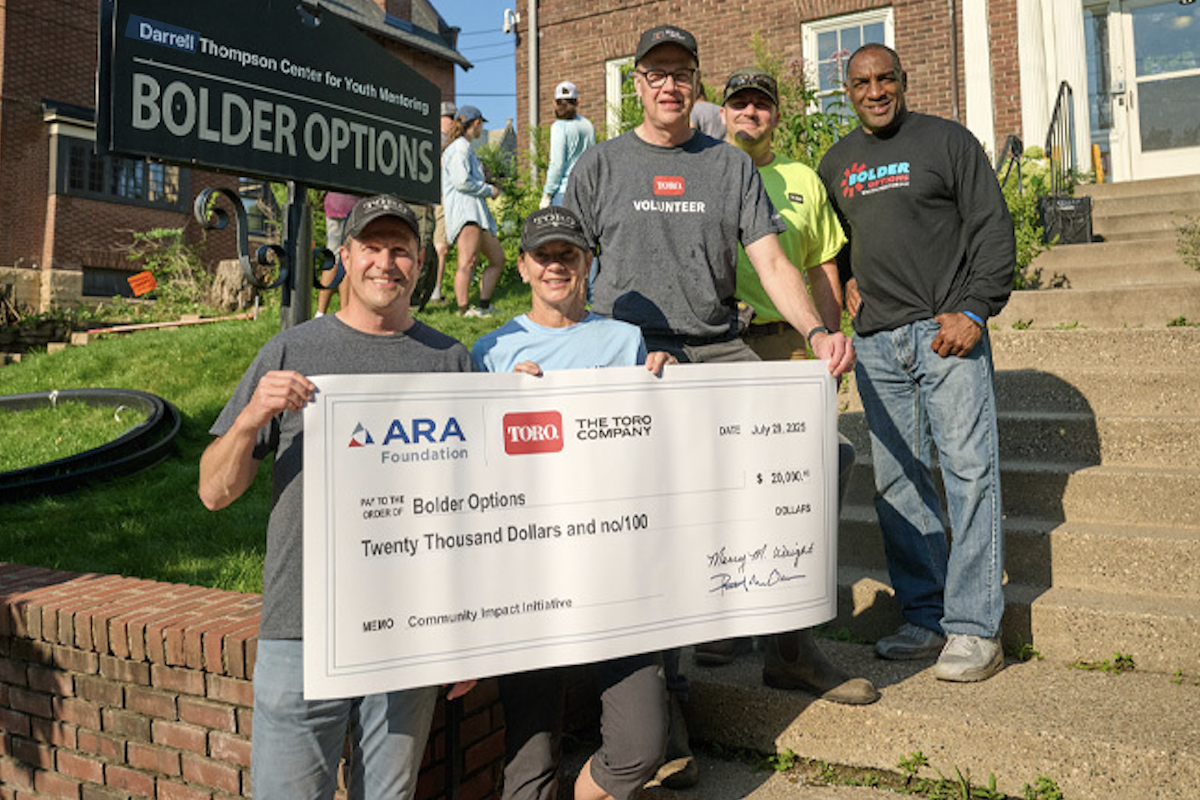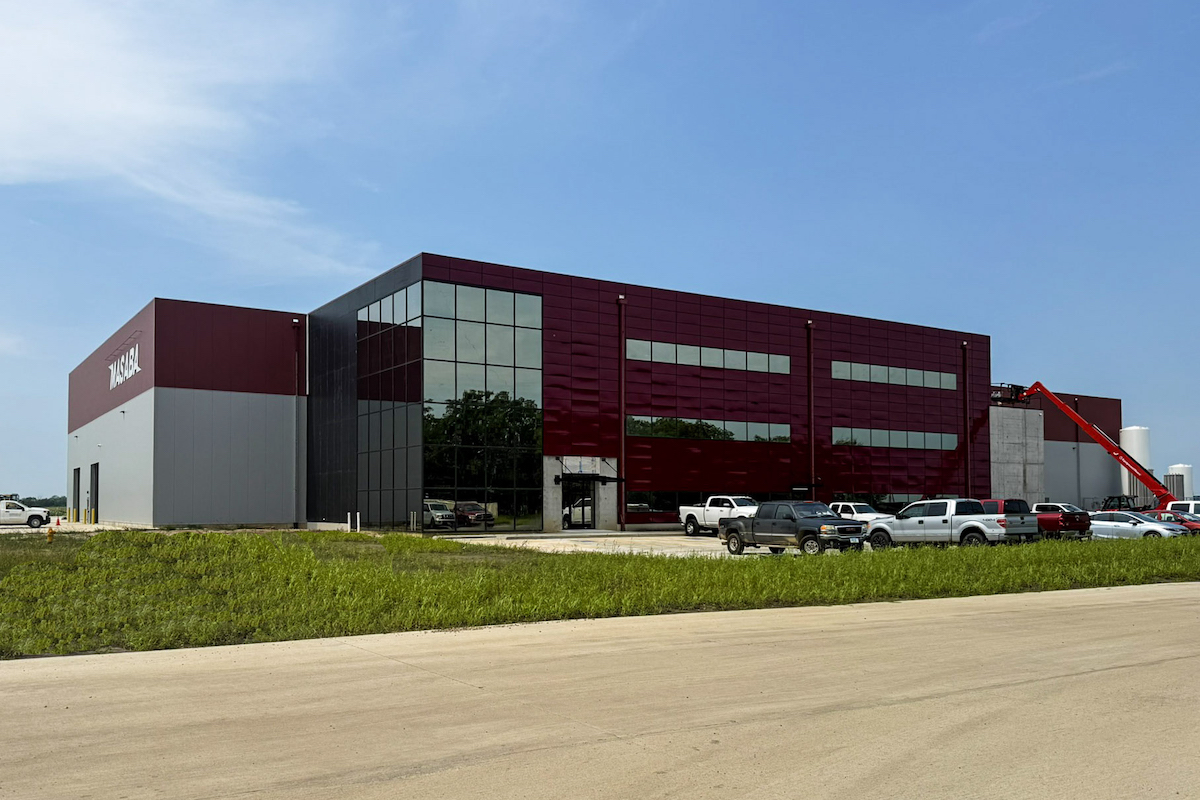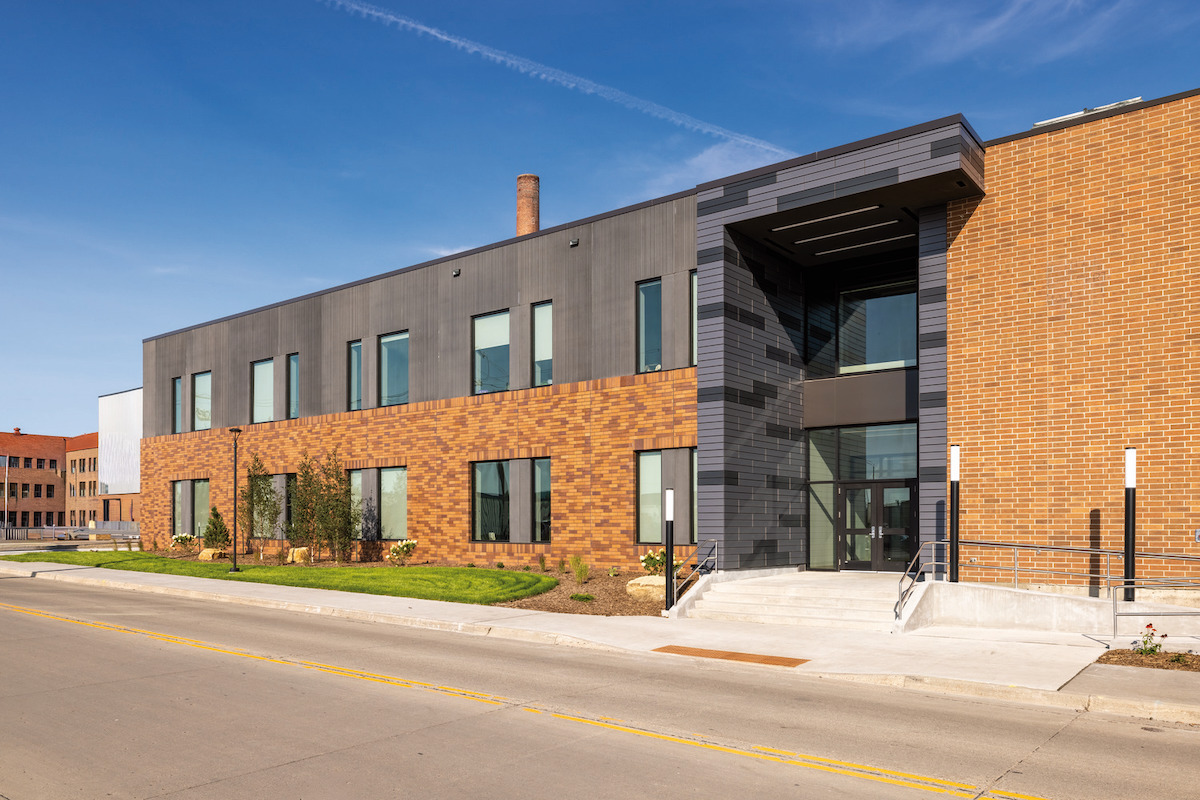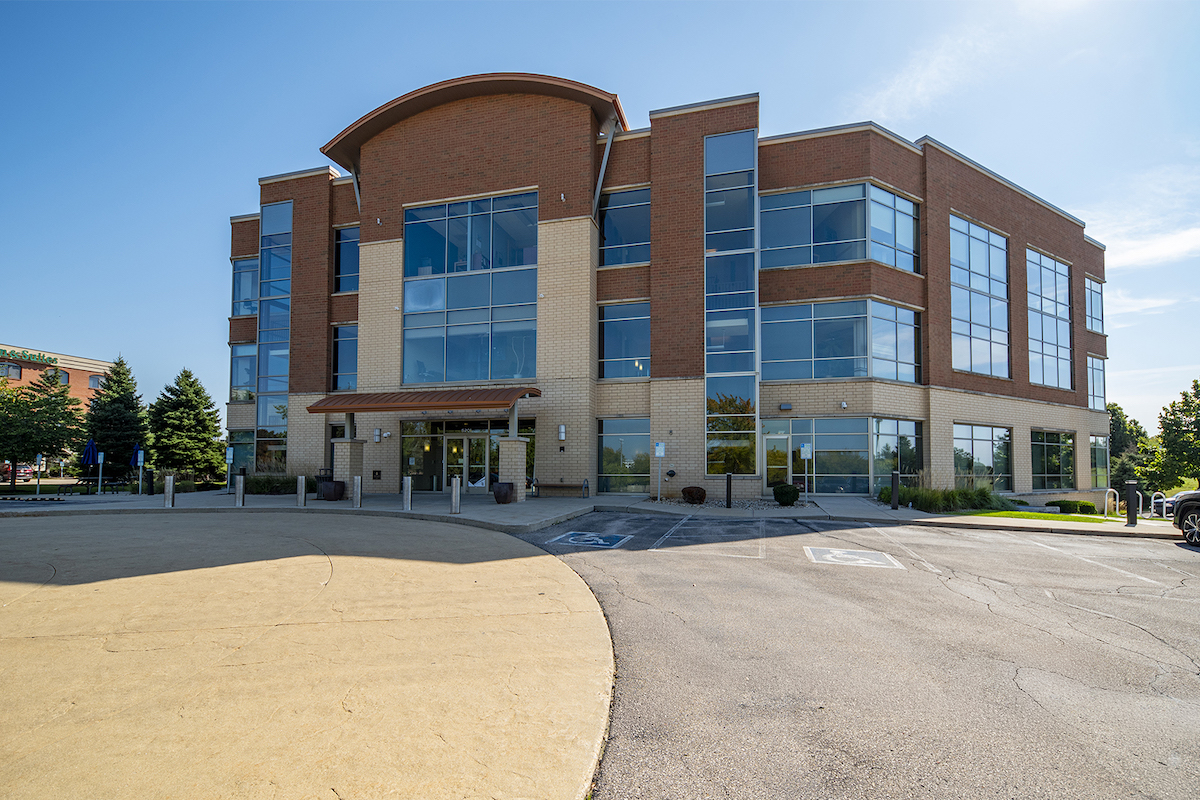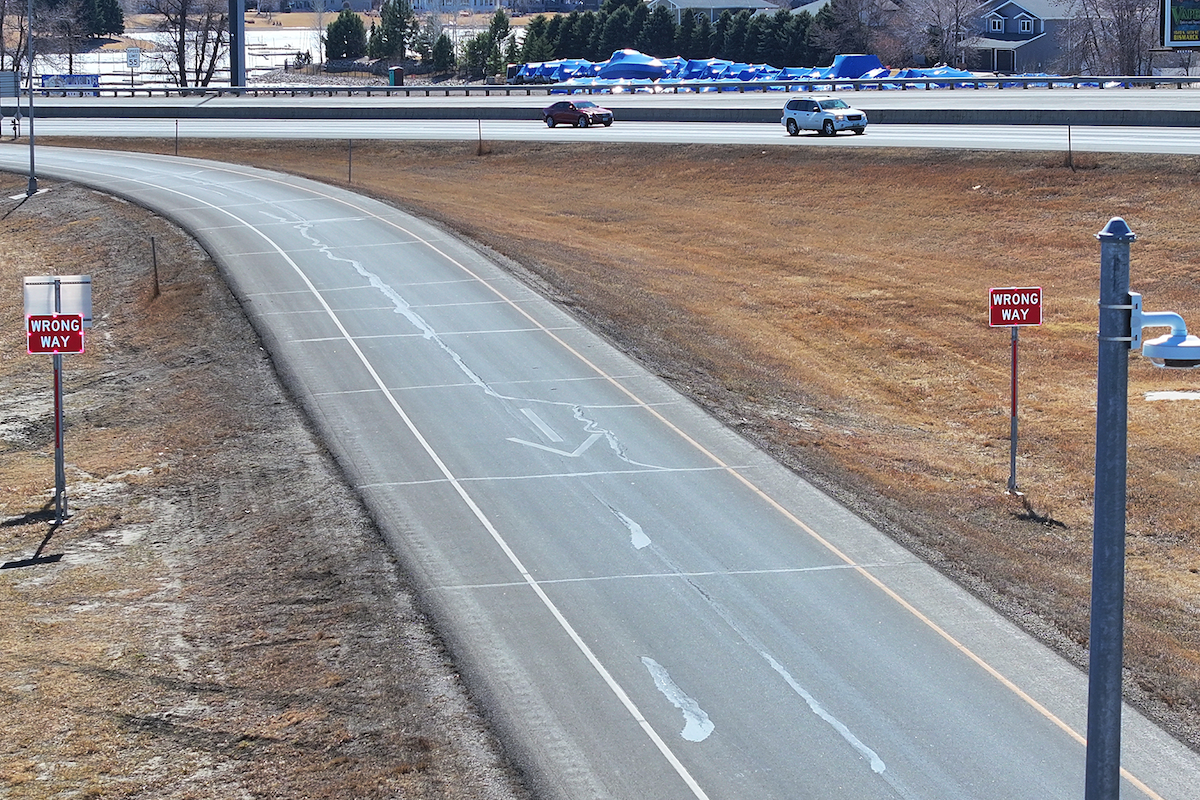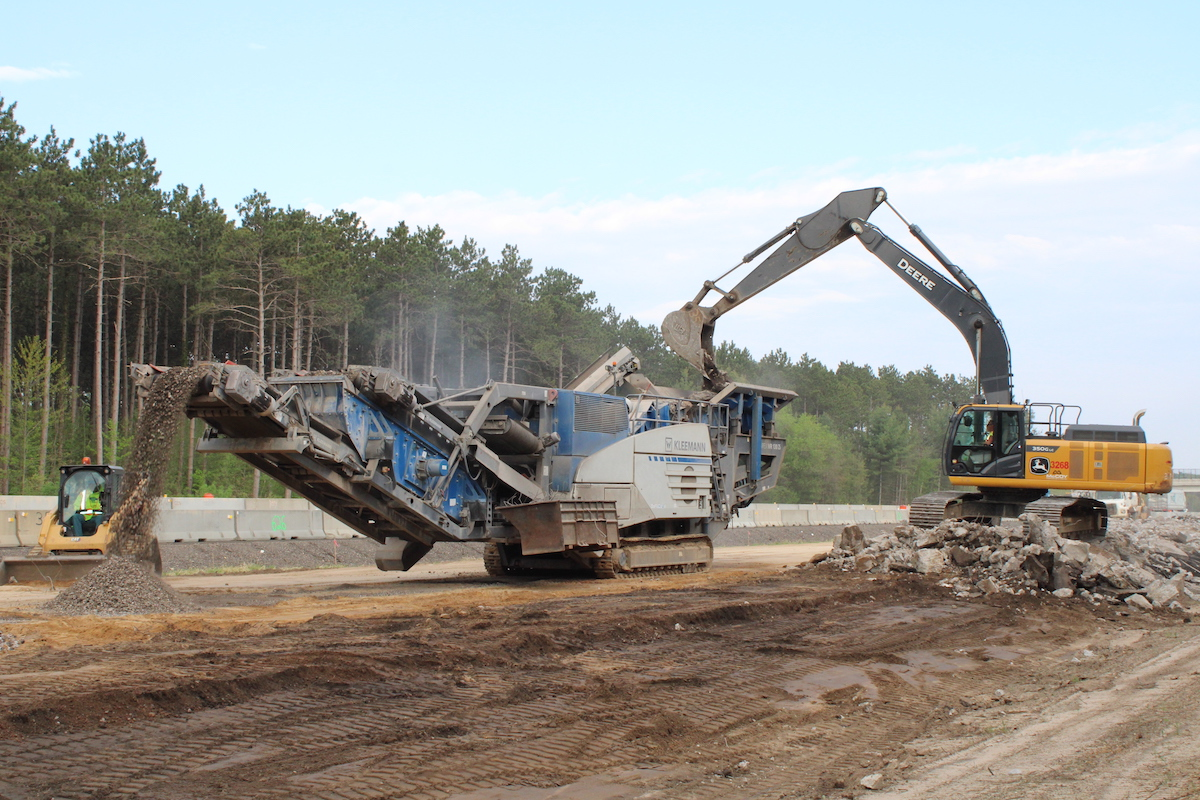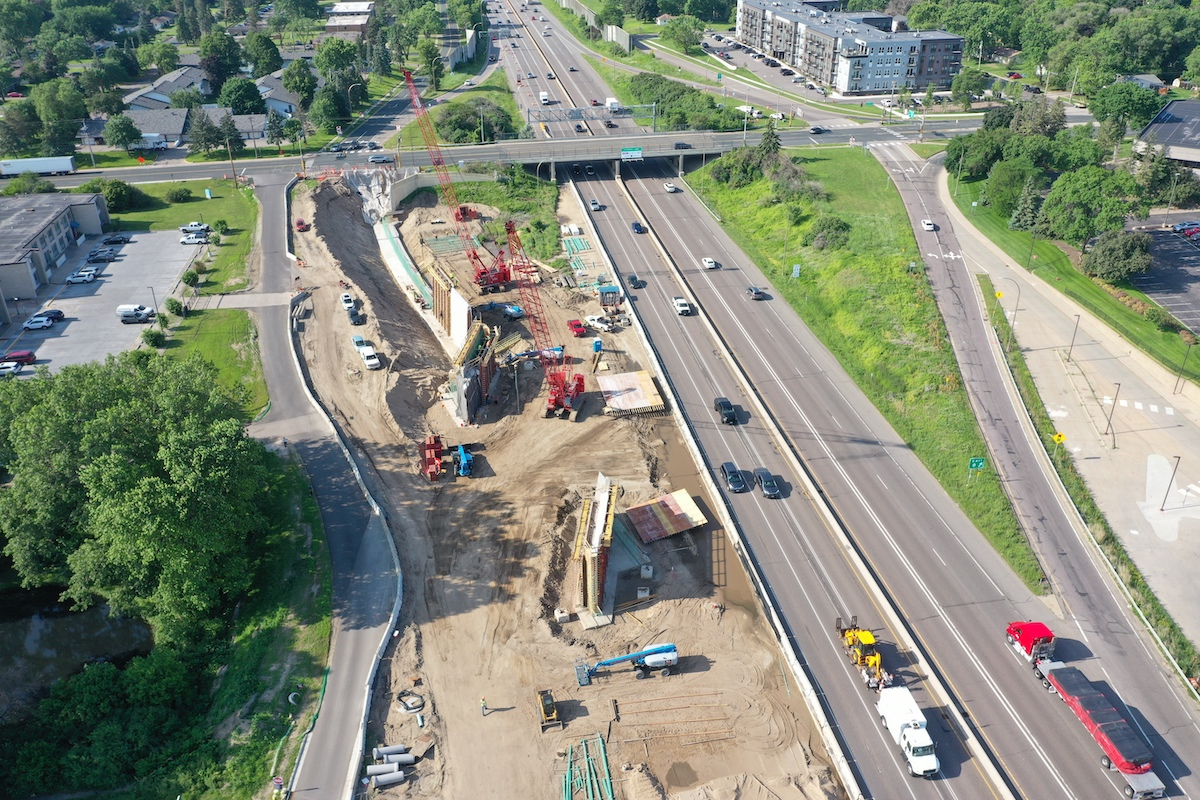“With the continued growth of design-build, we are seeing more impressive projects that are raising the bar for success for design-build teams across the country, pushing the limits of high performance, and optimizing triple-bottom line success,” said DBIA Executive Director/CEO, Lisa Washington, CAE.
Merit Award winners will now compete for the National Award of Excellence, "Best of" categories, and Project of the Year. The recognition of Merit Award winners and the announcement of additional winners will take place at DBIA's Design-Build Conference & Expo Awards Ceremony on November 2 at the Gaylord National Resort & Convention Center in National Harbor, Maryland.
Three projects from the Constructioneer area received DBIA awards:
The Javits Center expansion spanned two city blocks, adding 1.2 million square feet of space, including 90,000 square feet of exposition space, 200,000 square feet of pre-function and meeting room areas, a 6,000-person special event space, and a four-level truck marshalling and loading dock structure. The new loading docks reduced street congestion and improved air quality for local residents by removing thousands of idle trucks from surrounding streets.

| Your local Trimble Construction Division dealer |
|---|
| SITECH Northwest |
Sustainability was a driving force behind the expansion, leading to the achievement of LEED Gold certification. Innovative technologies (such as air-side economizer cycles, high-efficiency radiant heating/cooling floors in high-volume areas, and demand control ventilation) were incorporated into the design. The 200,000-square-foot rooftop, which was transformed into a working farm, yields up to 40,000 pounds of produce annually. Rainwater was recycled for irrigation, and the harvested produce was served in farm-to-table meals to convention center visitors.
In the project's planning phase, the New York State Convention Center Development Corporation opted for a design-build approach, choosing the joint venture of Lendlease Turner as the design-build firm. Despite facing setbacks due to the COVID-19 pandemic, including a construction site shutdown and remobilization, the team successfully completed the project on time and within budget.
A statement issued by the New York Convention Center Development Corporation said, “We appreciated the collaborative relationship that was demonstrated throughout the entire project by the Lendlease Turner team. Lendlease Turner continually worked in an iterative process to progressively advance the design and construction to meet the owner’s ultimate needs. Lendlease Turner exhibited genuine intention to involve the facility stakeholders into the process of design, seeking input and feedback for layout, adjacencies, and operational efficiency, while accommodating the need to keep the existing facility functioning during the ongoing everyday construction activities.”
- Client/Owner: New York Convention Center Development Corporation, Empire State
- Design-Build Firm: Lendlease Turner
- Architect: TVS
- Engineer: MKA
- Specialty Contractors: Casco Bay Engineering
- Owner Advisor: Lehrer (now with STV)
Chickens are transported to the facility using air-cooled trucks and enter a live receiving area illuminated by calming, blue light to minimize stress. The harvesting and processing areas feature European-style vertical fiber acid brick floors and Bolidt flooring, and UV lights are integrated into the HVAC system to prevent bacterial and viral growth. The new harvesting facility will allow Bell & Evans to double its production capacity in the coming years.
Stellar Group Inc., the design-build firm, architect, and engineer for the project, played a significant role in bringing Bell & Evans' vision to life. The facility was designed in five phases, enabling construction to begin while architects and engineers were still designing other parts of the plant. Despite the disruptions caused by the COVID-19 pandemic and supply chain challenges, the project was completed ahead of schedule.
“Our strategy was a prime example of expediting a project timeline by using the design-build process," said Nathan Edwards, Stellar’s Senior Project Manager for the Bell & Evans project. "The phases were designed to provide precast vendors and joist manufacturers enough information to begin manufacturing components while our teams worked through the remaining details."
Sustainability is a central focus of the facility's design. Measures for water conservation redirect 40% of potable water usage to reconditioned systems throughout the plant, resulting in substantial water savings. Bell & Evans’ Air Chill Processing method, coupled with the water reconditioning systems, collectively save 400,000 gallons of water daily. Stellar's installation of a sustainable ammonia refrigeration system, in addition to utilizing waste heat from its rendering plant to fulfill 55% of the facility's hot water requirements, is expected to result in a reduction of the plant's carbon emissions by more than half.
- Client/Owner: Bell & Evans
- Design-Build Firm: Stellar Group, Inc.
- Architect: Stellar Group, Inc.
- Engineer: Stellar Group, Inc.
The $457 million project included the construction of seven new bridges over Amtrak/CSX rail lines, the rehabilitation of two major bridges, the erection of 22 retaining walls, the installation of a new pedestrian bridge, the creation of a riverfront park featuring a shared pedestrian and bicycle path beneath the Bruckner Expressway, the implementation of ADA-compliant sidewalks, and the demolition of a 90-year-old truss bridge over the railroads.
With more than 30 stakeholders involved, ranging from railroads to local schools, the project team overcame multiple project challenges while managing to reduce costs and stay on schedule. The Skanska ECCO III Joint Venture collaborated with the New York State Department of Transportation to develop unique methods for constructing the complex bridge and highway project, which passed over the railroad right-of-way and active tracks.
One example of the team’s innovative approach was the design of "the Island," a retained earth structure that not only expedited the project but also minimized risk to Amtrak and CSX, reduced permanent structural thermal loads on bridge components, and removed risky temporary work elements from the project's vicinity. To address soil capacity issues and settlement concerns, the team employed ground improvement techniques, including load balancing with lightweight cellular foam concrete fill and load transfer platforms.
Safety was a top priority throughout the project, particularly concerning the setup and operation of a large crawler crane used to move materials and erect steel girders over the railroad. The crane was erected on top of the Island and supported by its independent foundation system. Strict wind monitoring measures were implemented, with work suspended if winds exceeded 30 mph. Much of the work occurred during overnight hours to minimize disruptions to the railroad passenger train schedule and traffic flow.
- Client/Owner: New York State Department of Transportation
- Design-Build Firm: Skanska ECCO III Joint Venture
- Engineer: JMT of New York, Inc.
- Specialty Contractors: SJH Engineering PC
- Owner Advisor: Hardesty and Hanover



















